Search Images
Browse Content (p. 1467)
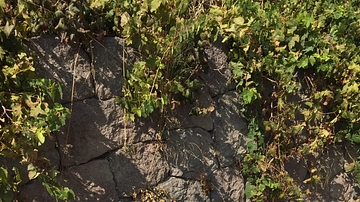
Image
Stone Coffin, Smyrna
This coffin was part of a larger necropolis in "Old Smyrna" (established in the 11th century BCE) and is believed to be from the 7th or 6th century BCE. The necropolis contained the remains of nobles who died after the attack of Alyattes...
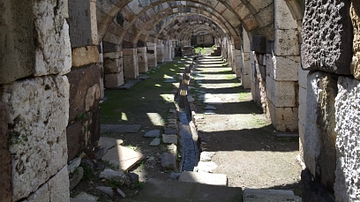
Image
Aqueduct, Agora of New Smyrna
The present structures in New Smyrna's agora date from after 178 CE when an earthquake destroyed the earlier agora. This was not mainly a commercial agora, but rather functioned for stately matters. This lower level had many different functions...
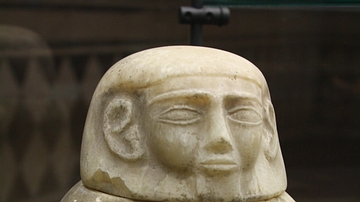
Image
Canopic Jar, Saqqara
A calcite canopic jar from Saqqara, Egypt. XXVI Dynasty. (Archaeological Museum, Pavia, Italy)
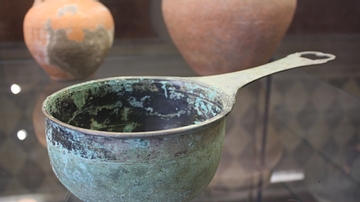
Image
Roman Bronze Pan
A Roman bronze cooking pan. 1st century BCE - 2nd century CE. (Archaeological Museum, Pavia, Italy)
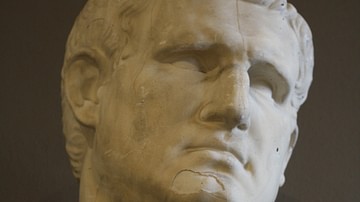
Image
Marcus Agrippa
A cast of an original 1st century BCE marble bust of Roman general Marcus Agrippa (63-12 BCE). (Archaeological Museum of Pavia, Italy)
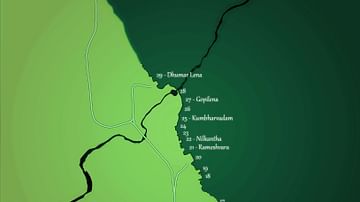
Image
Ellora Caves Map
A map of the caves and temples at Ellora, in Maharastra, central India. The structures are Hindu, Buddhist, and Jain. 6th-8th century CE.
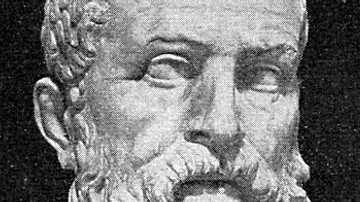
Image
Solon
A marble portrait bust of Solon, the Athenian statesman and lawmaker, c. 640 - c. 560 BCE. (National Archaeological Museum, Naples)
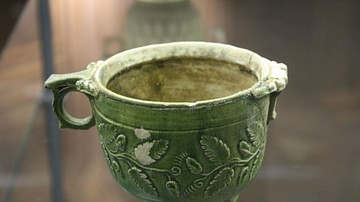
Image
Roman Glazed Pottery Cup
A Roman glazed pottery cup mimicking bronze work with leaf designs. 1st-2nd century CE. (Archaeological Musuem, Pavia, Italy)
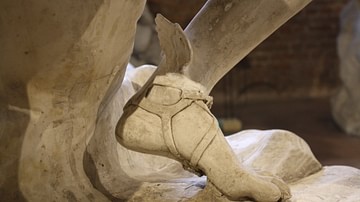
Image
Hermes' Winged Sandal
A detail of a marble statue of Hermes showing one of the messenger god's winged sandals. 19th century CE plaster cast from the 1st century BCE bronze original. (Archaeological Museum, Pavia, Italy)
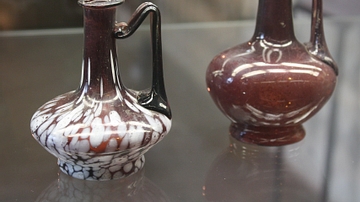
Image
Roman Coloured Glass Perfume Bottles
Roman coloured glass perfume bottles. 1st-2nd century CE. Provenance unknown. (Archaeological Museum of Pavia, Italy).